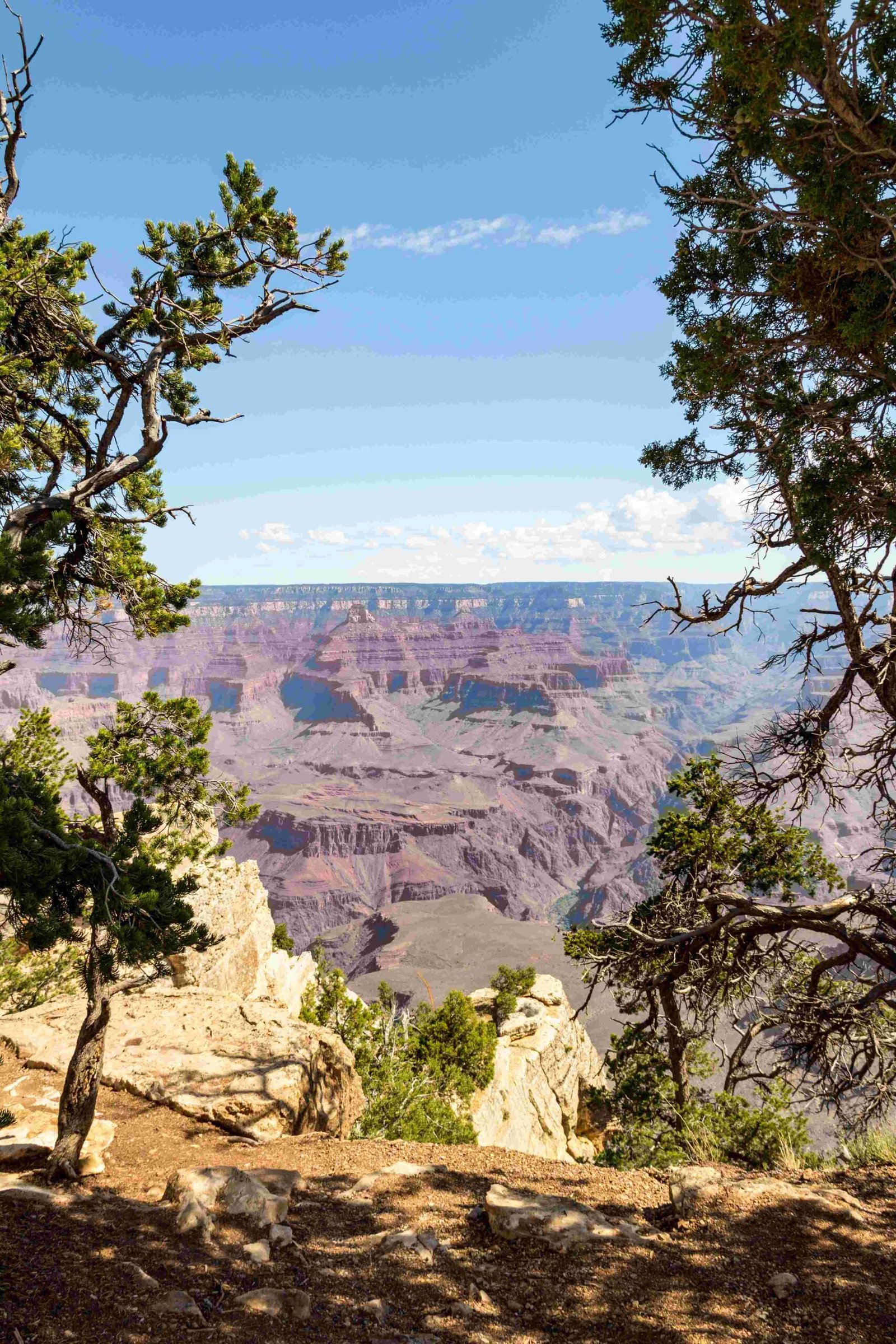Bass Rapids in the Grand Canyon represents a formidable Class 4 whitewater challenge nestled within the stunning 277-mile Colorado River corridor. Located precisely at mile 108.4, this rapid demands exceptional navigational skills, presenting adventurers with large waves, complex rock formations, and technical maneuvers that test even experienced river runners’ capabilities. The rapid’s dynamic environment reflects the Grand Canyon’s raw, untamed geological landscape, offering an unparalleled wilderness experience for those brave enough to tackle its turbulent waters.
What Makes Bass Rapids Unique?

Bass Rapids distinguishes itself through several remarkable characteristics that set it apart from other Grand Canyon rapids:
Rapid Classification and Technical Difficulty
- Class 4 Rapid: Requires advanced paddling techniques
- Complex Water Dynamics: Large waves and challenging rock formations
- Technical Navigation: Sharp maneuvers essential for safe passage
Water Flow Characteristics
| Water Flow Factor | Impact on Rapid |
|---|---|
| Dam Regulation | Influences rapid intensity |
| Seasonal Variations | Affects wave height and difficulty |
| Water Temperature | 45-60°F year-round |
When Should You Plan a Bass Rapids Adventure?

Best Seasons for Rafting
Optimal rafting periods include:
– Spring (April-May): Mild temperatures, moderate water conditions
– Fall (September-October): Comfortable weather, stable river dynamics
– Avoid: Extreme summer heat and winter cold
Safety Protocols for Bass Rapids
Essential Preparation Strategies
- Required Personal Gear
- Personal flotation device (PFD)
- Protective helmet
- Quick-drying clothing
-
Water-resistant footwear
-
Group Recommendations
- Minimum 4-6 experienced rafters
- Professional guide strongly recommended
- Comprehensive emergency training
Access and Logistics
Transportation and Entry Points
- Primary Put-In Location: Lee’s Ferry
- Alternative Access:
- Phantom Ranch
- Whitmore Helipad
- Parking Availability: Limited, advance planning necessary
Wildlife and Environmental Considerations
Bass Rapids traverses a rich ecological corridor featuring:
– Diverse aquatic species
– Unique riparian vegetation
– Potential wildlife encounters
Fish Species Potential
- Humpback chub
- Razorback sucker
- Bluegill
Advanced Rafting Tips
Navigation Techniques
- Study rapid topography beforehand
- Practice precise paddle coordination
- Maintain constant situational awareness
- Use professional river reading techniques
Recommended Equipment Checklist
- High-quality inflatable raft
- Multiple safety lines
- Comprehensive first aid kit
- Emergency communication device
- Waterproof storage containers
Potential Challenges
- Unpredictable water flow
- Complex rock formations
- Rapid’s technical navigation requirements
- Potential equipment stress
Final Preparation Insights
Successful Bass Rapids navigation demands:
– Technical skill
– Physical fitness
– Mental preparedness
– Comprehensive river knowledge
Pro Tip: Consider joining guided expeditions for first-time Grand Canyon rapid experiences.
Conclusion
Bass Rapids represents more than a mere water passage—it’s a testament to nature’s raw power and adventurers’ resilience. Proper preparation transforms this challenging rapid from a potential hazard into an unforgettable wilderness experience.

